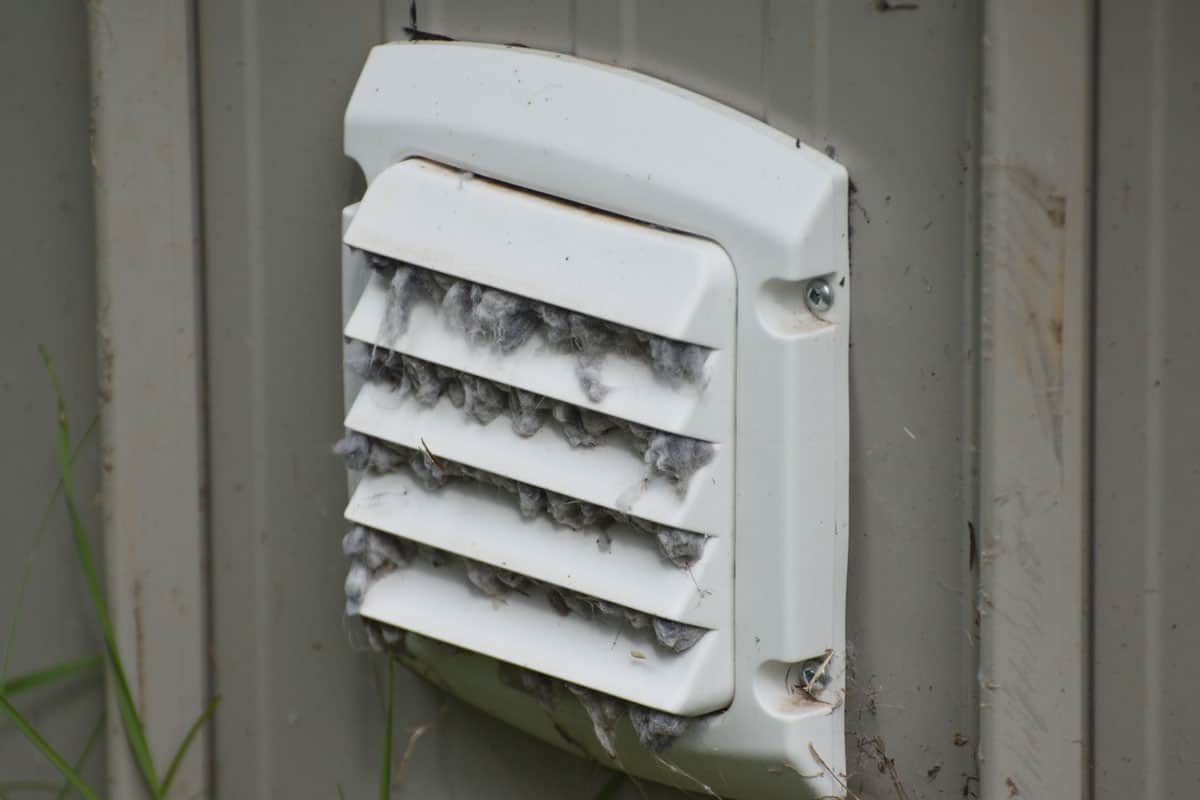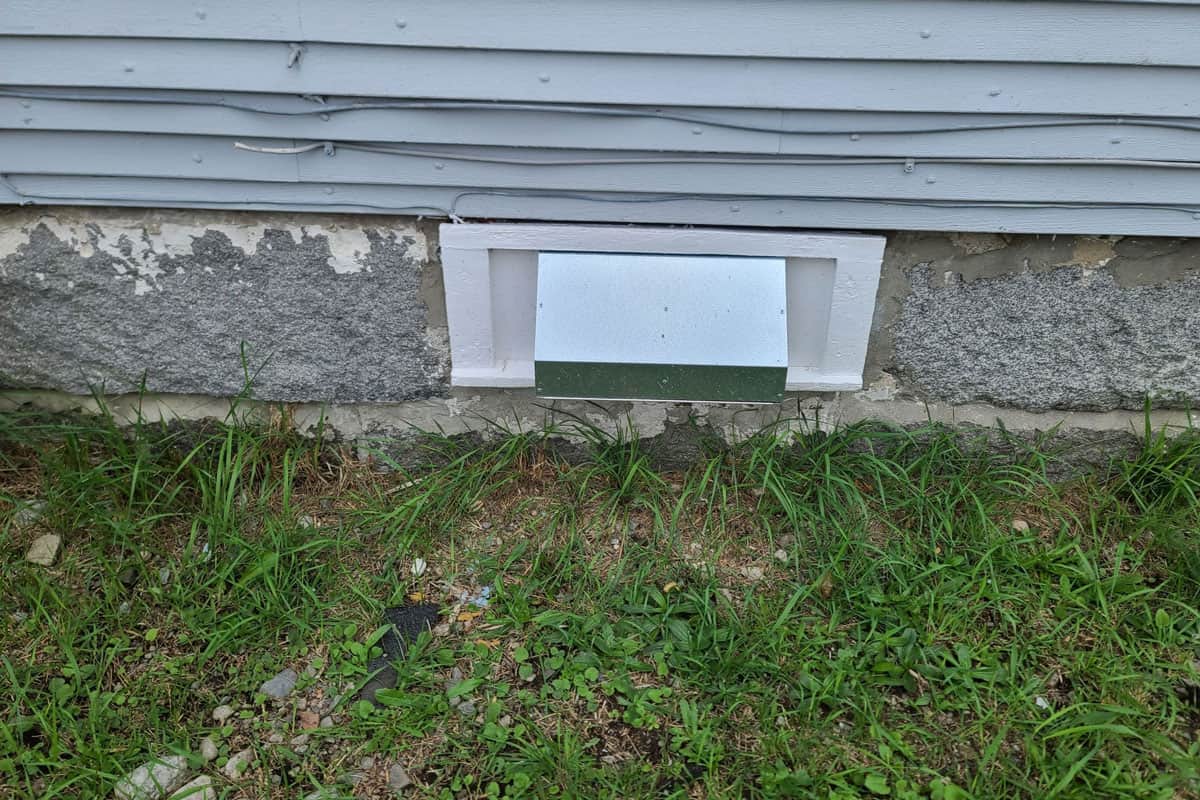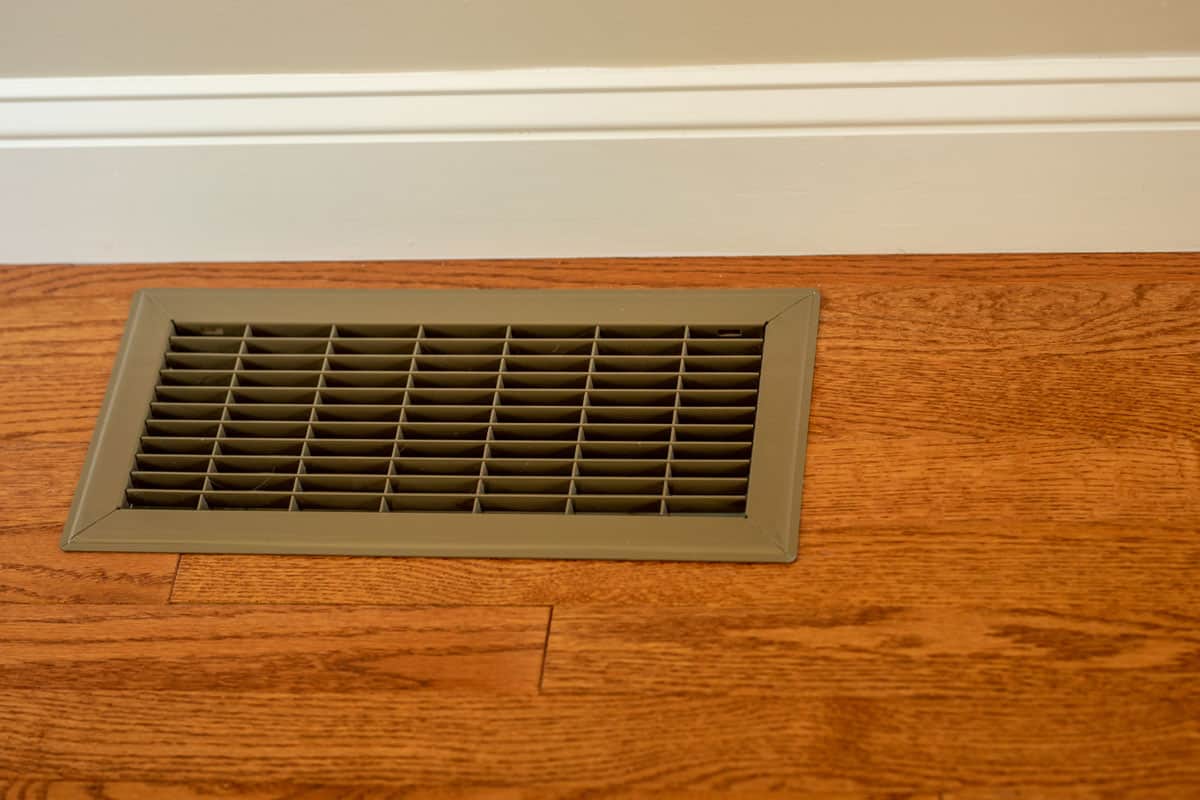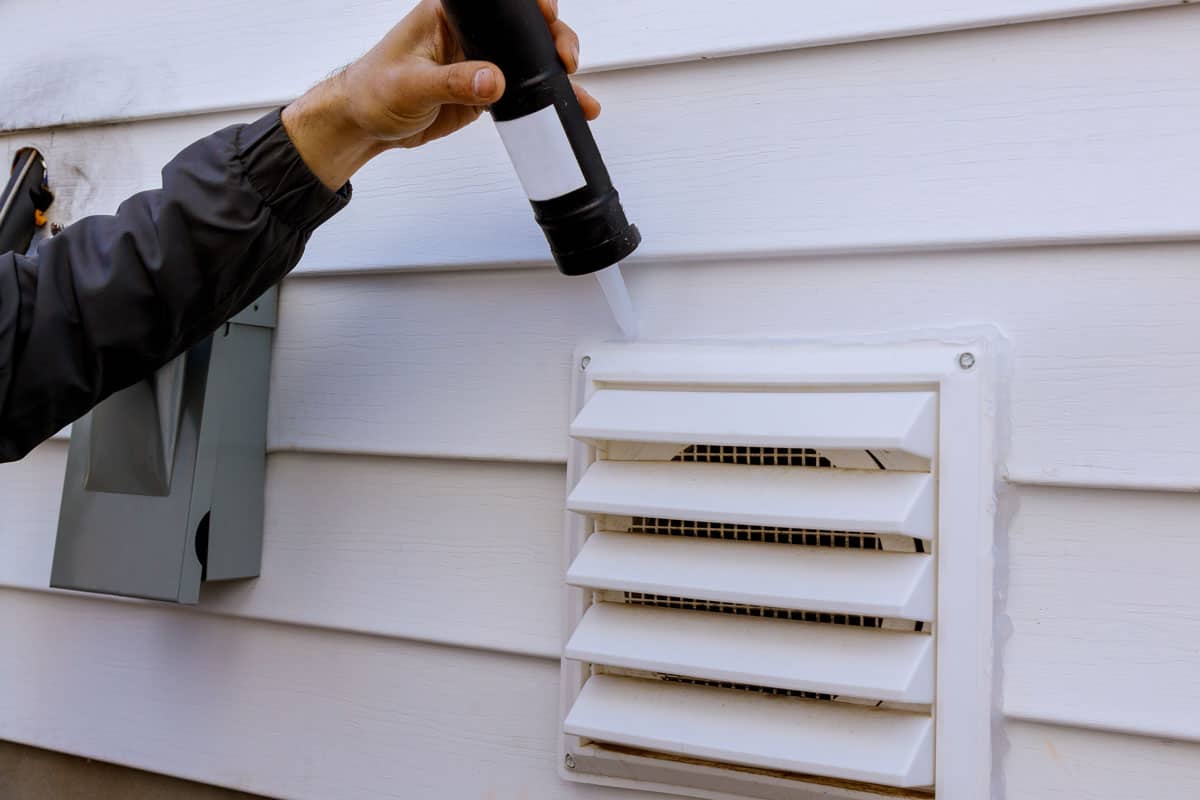Are you trying to vent your dryer, but you're working in a confined or complex space and aren't sure what method might be best? Well, you've come to the right place. We've put together this guide to help determine the best way to safely vent your dryer.
Here are some dryer venting options:
- Tight spaces
- Through the wall
- Middle of house
- Through floor
- Indoor vent options
- Through the roof
So which option is best for your space? And what are the standard safety rules for venting a dryer properly? Keep reading to learn all about the different ways you can vent a dryer and when to use which methods.
![dryer exhaust ventilation fan on side on the outside part of the house, Options For Dryer Venting [Inc. Tight Spaces, Middle Of House, Through Floor & More]](https://uooz.com/wp-content/uploads/2022/11/Options-For-Dryer-Venting-Inc.-Tight-Spaces-Middle-Of-House-Through-Floor-More.png)
Why Do Dryers Need To Be Vented?
Venting your dryer is crucial for several reasons, but most importantly, it's a safety measure that can help to prevent fires.
It also reduces the amount of lint that will build up in your home while the dryer runs, and it prevents moisture from accumulating which can damage your home. Gas dryers also run the risk of gas accumulating if not properly vented, which is a major safety hazard.
1. Tight Spaces
Venting a dryer in tight spaces can be difficult, especially if you're using a rigid venting system that lacks pliability.
Using a flexible dryer venting system can save you a lot of hassle if you're working in close quarters. Their ability to turn easily and contract as needed makes them an excellent choice for small spaces.
AC Infinity Flexible Duct
This dryer vent is perfect for tight spaces since it's highly flexible. It can also be shortened as needed, which is a major benefit when you're installing your dryer in a small area.
Click here to see this vent on Amazon.
2. Through The Wall

The most standard option for venting your dryer is to go through the nearest exterior wall. It's important to keep the vent as straight as possible, avoiding turns to reduce lint accumulation which increases the risk of fires.
This option is the least difficult and least costly to install since the locations are generally easily accessible.
Cinch Ace Dryer Duct Connector
This dryer vent connection kit comes with everything you need to connect your dryer to the outdoor venting receptacle quickly and easily. It boasts hassle-free installation without having to deal with clamps and clips.
Click here to see this venting kit on Amazon.
3. Middle Of House

To vent a dryer in the center of your home without exterior walls nearby, the best option would be to bring the venting through the floor.
Another option would be to find an indoor venting solution that will keep your dryer safe, but this method will require a way to reduce humidity, like a ceiling vent fan or a good dehumidifier.
A dryer in the middle of the house can present many installation frustrations, so if you're planning a remodel, it may be a good idea to find a better location for the laundry room.
Builder's Best Saf-T-Duct Periscope Dryer Vent
This periscope dryer vent is a great way to run the venting through the floor. It has an adjustable length to make installation easier and is made from 100% aluminum.
Click here to see this vent connector on Amazon.
4. Through Floor
A common method for venting dryers in the center of a home's layout and away from exterior walls is to run venting shafts down through the floor into the crawlspace or basement.
You can then connect it to an elbow and add more horizontal venting until you reach the nearest exterior wall where you can install the exhaust vent.
If you don't have a basement or crawlspace or can't vent the dryer down for another reason, you may have to choose an indoor venting option with a way to manage the moisture or bring the ducting through the roof.
5. Indoor Vents
Indoor vents can be used in instances where venting to the outdoors seems too difficult. They help to prevent fires and catch lint by directing the heat from the dryer into a chamber that holds water.
The water can help to snuff out any lint that catches fire and it catches the lint, preventing it from blowing around the room.
Indoor vents do increase the humidity created while running the dryer, which isn't great for your home. It can lead to moisture buildup, mildew, mold, and even water damage. Never use an indoor venting system with a gas dryer.
3-In-1 Indoor Dryer Vent
This indoor vent is simple to install and has a filter to help catch dust and lint as it blows out of your dryer. The water is added into a drawer at the bottom of the vent, making it easy to clean and refill.
Click here to see this vent on Amazon.
6. Through The Roof
Another option to vent your dryer outdoors is to run the ducting up through the roof to an exhaust vent.
This method isn't typically recommended since it carries more risk than venting down or horizontally. As lint accumulates in the ductwork the dryer will have to compete with gravity as it tries to blow lint out, which increases the risk of fires.
What Is The Best Way To Vent Your Dryer?
The best way to vent your dryer is directly through the nearest exterior wall with the ductwork running horizontally.
You should use as few turns and elbows as possible to avoid having lint accumulate in corners. Rigid aluminum is the best common duct material to use for venting a dryer because it holds the least amount of lint.
What Happens If You Can't Vent Your Dryer Outdoors?

If you can't vent your electric dryer to the outside, you'll have a higher chance of a fire starting due to lint buildup. You'll also have to deal with high humidity levels while the dryer is running, which can damage your home, and lint blowing around the laundry room.
If you can't vent your gas dryer, you should wait to run it until you find a solution. Gas dryers produce carbon monoxide, which is lethal under the right circumstances.
Can You Vent A Dryer Into A Bucket Of Water?
Electric dryers can be vented into a bucket of water, which is essentially the purpose of indoor dryer vents. You can make your own using a pail with a top.
Just cut a hole in the top to vent the dryer duct through the lid and put water in the bucket. It doesn't look as nice as the indoor vents manufactured specifically for this purpose, but it does the trick when you're in a pinch.
Do not try this method with gas dryers. Water will not filter carbon monoxide, and attempting this with a gas dryer would be very dangerous to you and your loved ones.
Can You Vent A Dryer With PVC Pipe?
It's not uncommon to see dryers vented using PVC piping instead of the appropriate aluminum or steel ducting, however, professionals advise against it.
Dryer manufacturers warn against it in most of their installation packets because PVC doesn't expel lint the way metal does, which can result in a greater chance of fires. Make sure you use the recommended installation materials to keep your home and your family safe.
How Long Can A Dryer Vent Be?
The maximum length that a dryer's ductwork should run is 35 feet. After this distance, the dryer loses pressure, and the lint will become stationary instead of moving out of the home.
This will increase the risk of fires, and it will be a pain to keep clean. It's best to keep your ductwork as short as possible, which will make your home safer.
Should A Dryer Vent Have A Screen?
Yes, you will need to place a screen or louver-style guard over the end of the exterior exhaust vent to prevent pests and critters from entering your vent. Mice, rats, squirrels, birds, and other animals may try to get in our house through this access point, or they could try to nest in this nice warm area.
In Closing

Now that you know all about the different ways to vent dryers, you're ready to start planning your dryer venting project. Make sure to keep safety in mind as you plan your ductwork, and try to keep your vent ductwork running horizontally. Good luck with your project, and enjoy your updated laundry space.
If you don't want to deal with the hassle of venting your dryer anymore, read our article 7 Electric Dryers Without A Vent to discover ventless dryer options.
To learn about insulating your dryer vent ductwork, read our article How To Insulate The Dryer Vent?




